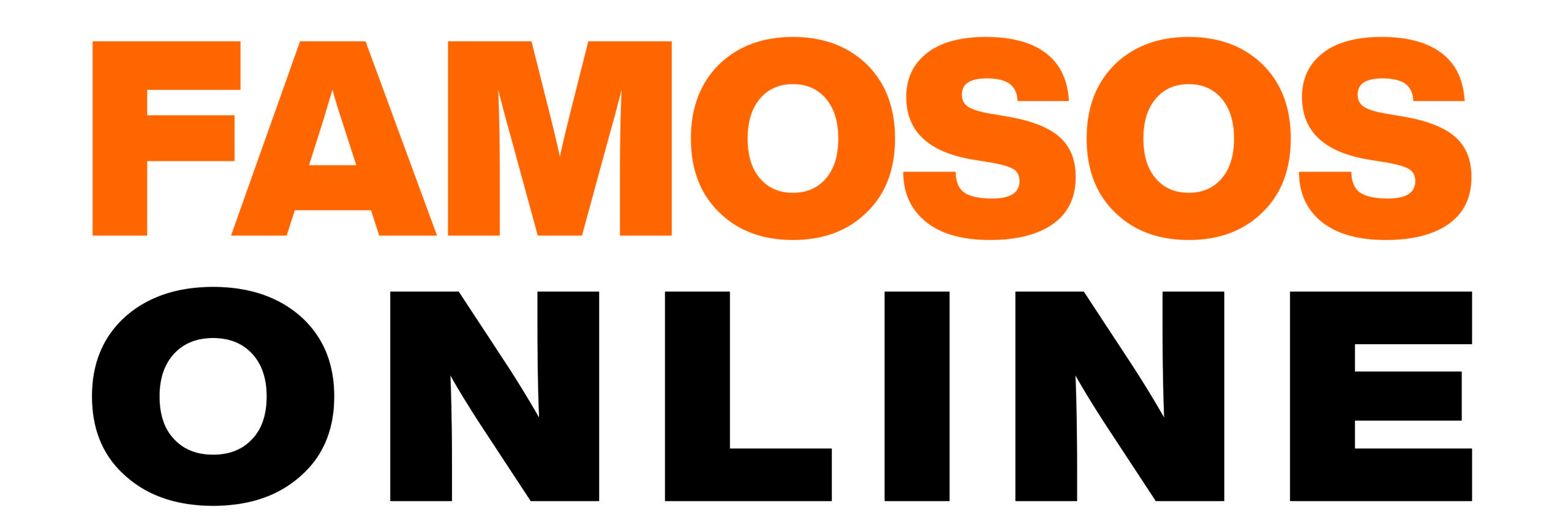The structure of the Board of Directors or Board of Trustees is among the most important elements that determine the future of an organization or company’s success. A well-organized board will guarantee that each member understands their role and how to do it, and it helps to put the company or organization on the right track to reach its goals.
Essentially, the board oversees the executive board of a company or organisation and determines the overall direction of the company. It is also accountable for hiring and firing a CEO, setting CEO pay, ascertaining compensation for other executives within the company, and taking crucial strategic decisions.
Directors who are independent or external to the company are paid for their participation. They are non-executive board members who are not in executive positions within the company. They bring different perspectives to the board, and are typically subject-area experts within the field the company is operating in.
A two-tier board includes a management board made up of company executives and the supervisory board that is composed of independent directors. The supervisory board is responsible for ensuring that the management board operates in accordance with corporate policies and laws.
A advisory or consultative board is composed of people who have a stake in the company. This could include investors or customers. The advisors are able to provide insight to the top executives of a company and offer perspectives that might not be available within the organization itself. They can also help find potential growth opportunities and help in the implementation of strategies to reach the company’s goals.
